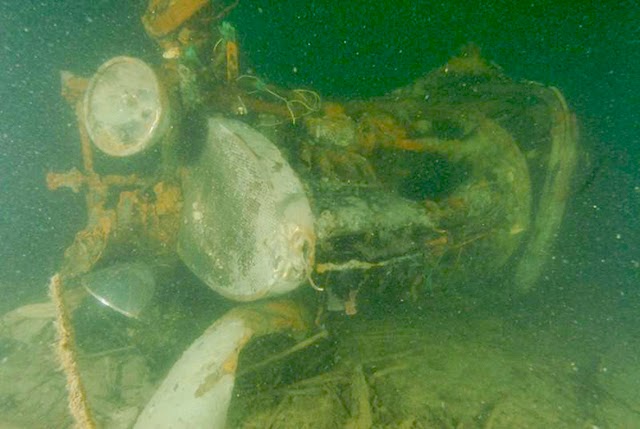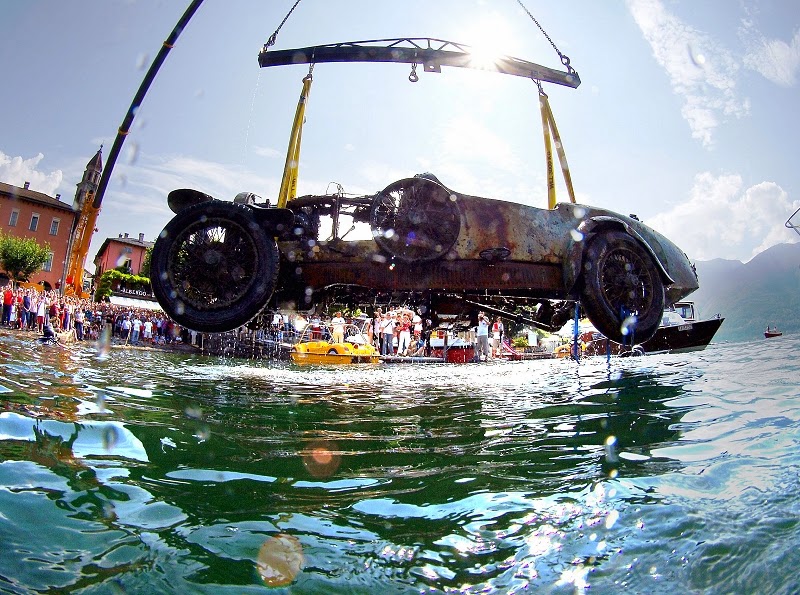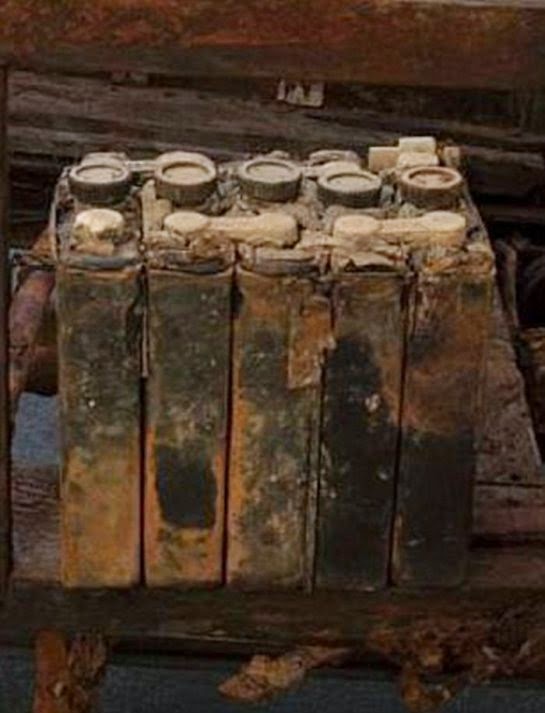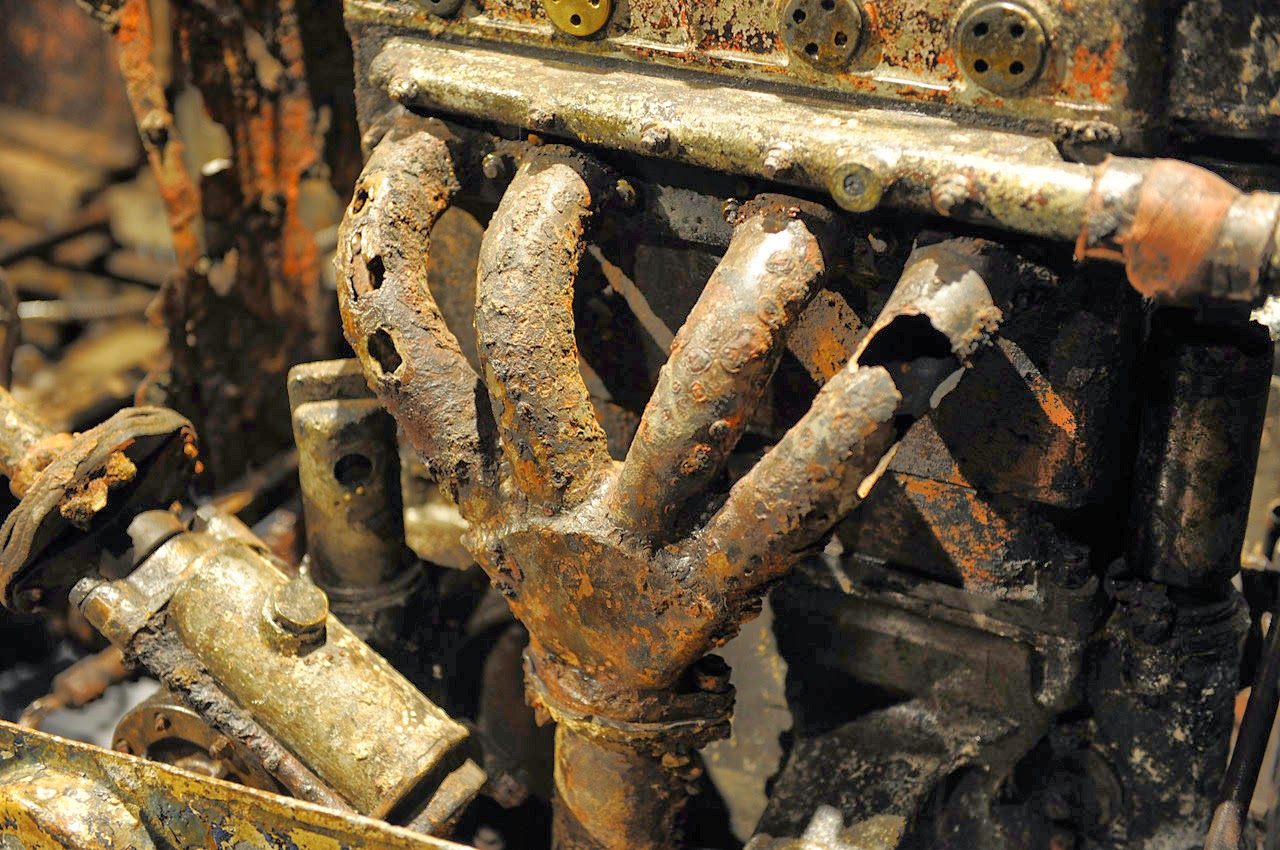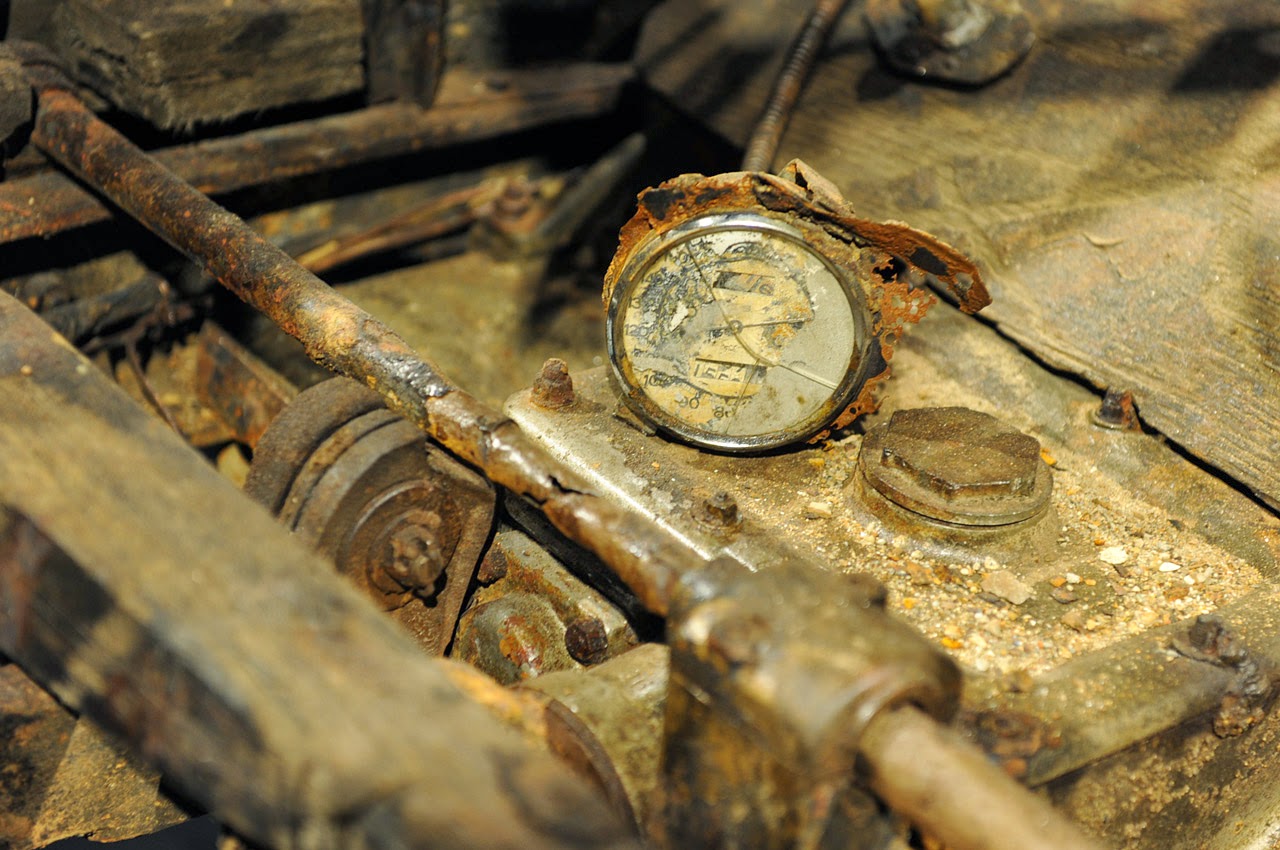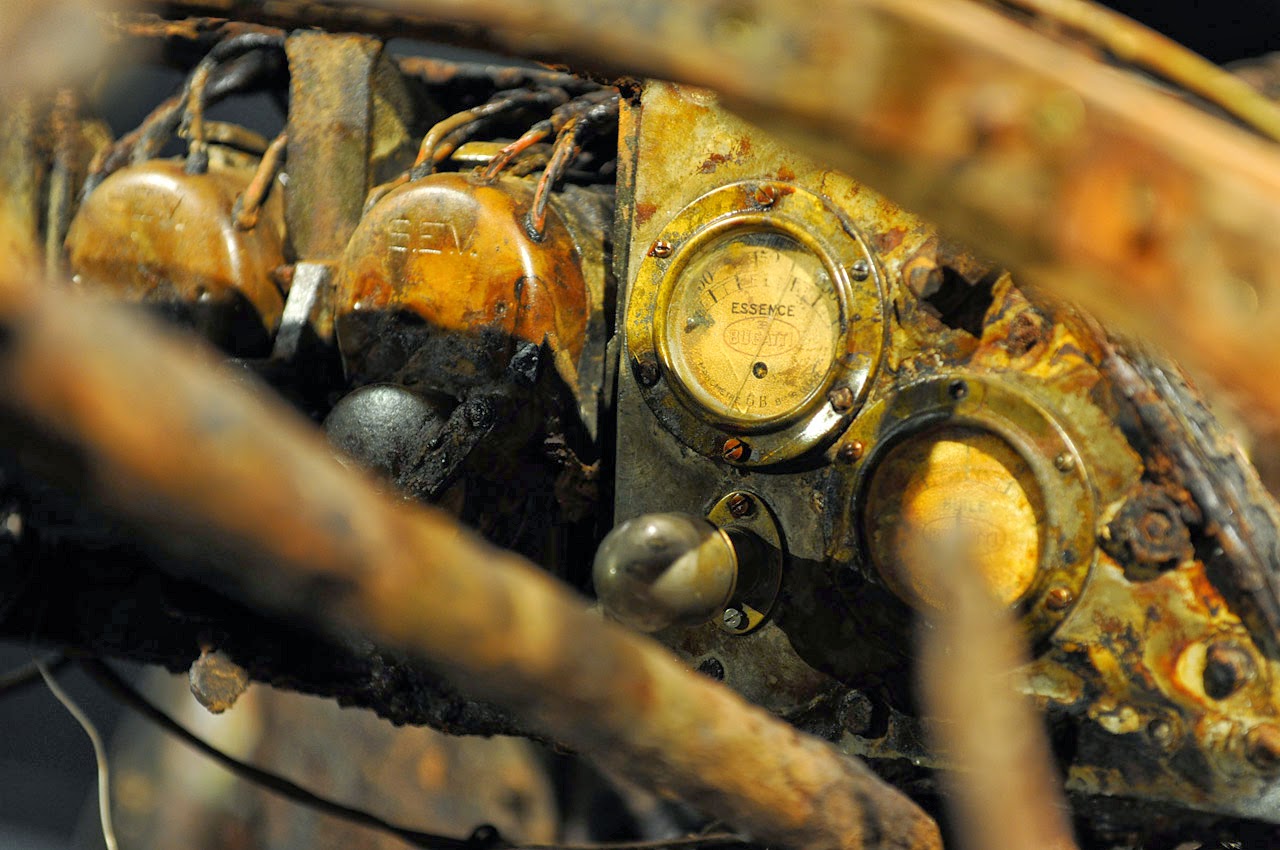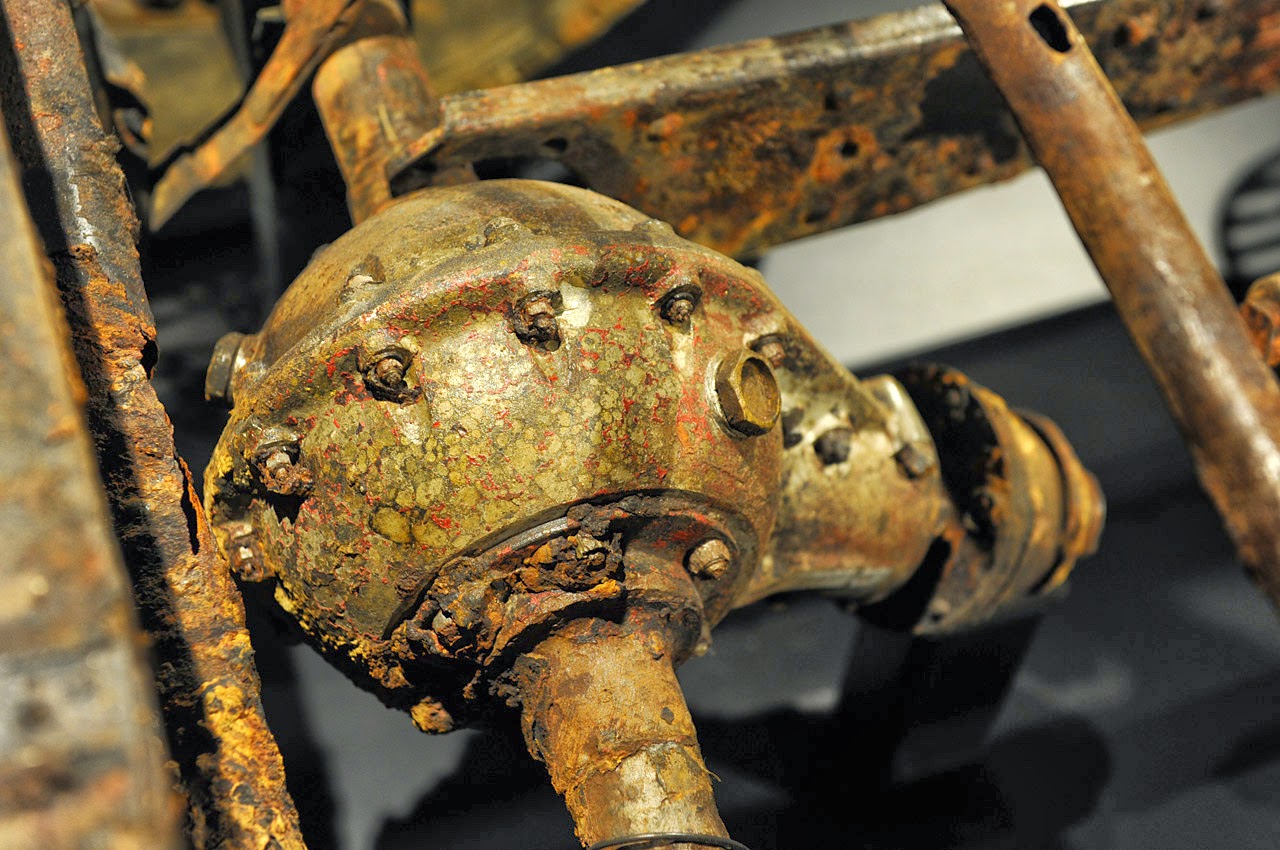 |
| Bugatti Type 13 |
Founded in 1909 in Molsheim, Alsace by Italian-born designer and engineer Ettore Bugatti, the Bugatti brand has made a name for itself building some of the fastest and most beautiful cars in the world. Although it has often struggled through dire financial straits, Bugatti has passed through many owners and is now controlled by the Volkswagen Group. The sole vehicle it produces today is the Veyron 16.4, which vies for the honor of being the most expensive and fastest production car in the world.
The first Bugatti automobile was prototyped in Ettore Bugatti’s basement in 1908 and 1909 as the Type 10, while he was chief engineer at Deutz Gasmotoren Fabrik in Cologne, Germany. On ending his contract with Deutz Ettore loaded his family into the vehicle and headed to the Alsace region, then still part of the German Empire.
 |
| Lake Maggiore, Ascona |
Upon starting operations at his new factory in Molsheim, Bugatti refined his light shaft-driven car into the Type 13 racer; power output with dual Zenith Carburetters reached 30 hp (22 kW) at 4500 rpm, more than adequate for the 660 lb (300 kg) car. Leaf springs were fitted all around, and the car rode on a roughly 2 m (79 in) wheelbase. The new company produced five examples in 1910, and entered the French Grand Prix at Le Mans in 1911. The tiny Bugatti looked out of place at the race, but calmly took second place after seven hours of racing.
The Bugatti Type 13 was a revolutionary design for its time and went on to claim numerous race victories and put the fledgling company on the map until the outbreak of the First World War put everything on hold in Europe; Ettore took two completed Type 13 cars with him to Milan for the duration of the war, leaving the parts for three more buried near the factory. After the war, Bugatti returned, unearthed the parts, and prepared five Type 13s for racing. Europe began the task of rebuilding itself and racing resumed. Alsace became a part of France again, and with it Bugatti became a French firm. In 1921, Bugatti redesigned the engine with one of the first four-valve heads in the industry and fielded a team at the Brescia Grand Prix, where it swept the competition by claiming first, second, third and fourth places. The public was looking for something to celebrate, so Bugatti gave the Type 13 the Brescia nameplate and began selling consumer versions. After several minor revisions in the body size and radiator, the Type 22 was released with an oval radiator and quarter-circle springs.
One particular Type 22 was registered in Nacy, France to George Nielly, 48 Rue Nollet, Paris. Legend has it that the car later belonged to legendary race car driver Rene Dreyfus, who lost it in a poker game in Frawith to an unknown “Swiss man”- possibly either Marco (Max) Schmuklerski, a Zurich-born architect of Polish descent or Swiss playboy Adalbert Bodé. At any rate, the vehicle was eventually driven to to Switzerland. Unfortunately, the driver lacked the funds to pay customs duty and was obliged to park it in a builder’s yard in Ascona where it languished for some time.
Customs officials eventually became aware of the car’s existence and insisted on the import duties being paid: by this time the fees could well have amounted to more than the value of the now 11 year old, well-used car. By law the car had to be destroyed and, after attaching a heavy chain to aid in any necessary recovery, the Bugatti was tipped into nearby Lake Maggiore. The chain eventually corroded away and the car fell to the lake bed at a depth of over 160ft. There it sat, undisturbed for decades, before being rediscovered by divers in 1967.
The car became a local attraction for local diving clubs, but it would seem that the Bugatti would forever remain there until a tragedy changed its fate. A young local man, Damiano Tamagni was brutally beaten and killed, and the diving club decided that they would try and retrieve the car and sell it to benefit the foundation created in his name to combat youth violence. It took more than thirty volunteers and nine months, but the Bugatti was finally lifted from the lake on July 12, 2009.
The car had been sitting on the lake bed for so long that once brought back onto dry land, one of the tires “burst with a startling bang”. The right side of the body is completely gone, but other items like the tires and some of the gauges are perfectly intact.
From there the Bugatti was put up for auction for the highest bidder. At Bonham’s Retromobile sale in Paris in 2010, the Type 22 Brescia brought a top bid of £228,000 – around $350,000 USD – much higher than the pre-auction estimate. The winning bidder was the Mullin Museum in Oxnard, CA. The museum decided to not restore the Bugatti, but rather to display it in its current condition. The money went to the Fondazione Damiano Tamagni, set up to address juvenile violence.
Read more:
Pics Aplenty: Recovered 1925 Bugatti Type 22 Brescia in detail
The Bugatti from the Lake




